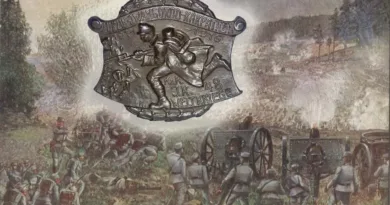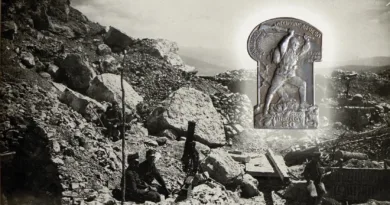March 1916: the 5th Isonzo battle
After the Italian war declaration in 1915, fierce fighting unfolded on the south-western front until late autumn. The winter weather was not suitable to major military operations, as it was extremely difficult to fight but even to supply the troops. The calmer period was then replaced by more bloody battles from the spring of 1916. The 5th Isonzo Battle took place first between March 11-16.
Later, this battle was evaluated only as a “demonstration activity” by Hungarian authors describing the history of the Great War. Obviously, it’s all just a matter of comparison. There were also operations with more preparation and more military force. There were two major attack targets in this battle, both of which were already on the Italian “boot list” of 1915: San Martino on the Karst Plateau and Tolmein on the upper Isonzo valley. The 17th and 20th Divisions held their positions firmly on the Karst. The posts around Tolmein, mainly on Mrzli Vrh, were successfully defended by the 3rd Mountain Brigade.

The immediate aim of the Italian attacks was to eliminate the two Isonzo bridgeheads maintained by the Monarchy. In case of success the maneuver should have been further developed in the areas beneath. After capturing Tolmein and the mountain ridge above it, Italian troops should have continued to attack the area of today’s Slovenia between the ranges of the Julian Alps. This did not happen, as there was a waving trench struggle on the ridge of the mountain range, and after March 1916, the Italians no longer sought to break through here. Rather, their efforts were significant along the lower reaches of the Isonzo. Here they managed to occupy the larger, more dangerous Austrian-Hungarian bridgehead Görz.

The mountains above Tolmein were occupied by the 15th Corps during 1915-16, mainly by the 3rd Mountain Brigade. The battlefields inscribed on the brigade’s insignia are all different points of this frontline. The fresh photo attached to the post was taken on the plateau of Mrzli Vrh, with Isonzo at the foot of the mountain. The opening postcard also depicts this front section.




